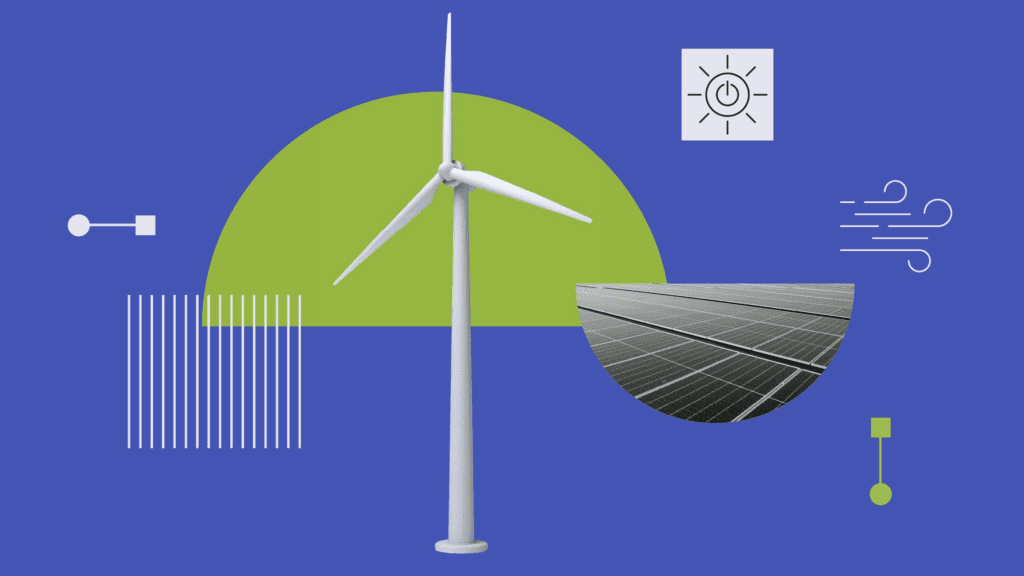The Future of Solar Stocks Amid Policy Changes
On January 20, Donald Trump was inaugurated as the President of the United States, bringing with him potential shifts in policy that could significantly affect the renewable energy landscape, particularly wind and solar stocks. As the administration prioritizes certain economic policies, the trajectory for federal incentives, including critical tax credits for solar energy, is now under scrutiny.
The Importance of Federal Incentives
In the United States, the solar industry has long relied on federal incentives, most notably a 30% investment tax credit that promotes solar energy adoption. The Inflation Reduction Act had previously extended these incentives until at least 2032, providing a clear roadmap for the growth of solar projects. However, recent political changes suggest that the sustainability of these incentives could come under threat, which may adversely impact solar stocks in the economic climate ahead.
Potential Policy Shifts Under Trump’s Administration
While a total repeal of the Inflation Reduction Act is unlikely, it is anticipated that Donald Trump’s administration may implement modifications to existing wind and solar tax credits. The most probable scenario is the acceleration of their expiration date to 2027. Consequently, we expect a heightened urgency among companies to qualify for current incentives, potentially leading to increased project activity in the short term. However, the long-term implications of reduced incentives could significantly hinder profitability for many solar stocks as companies adapt to less favorable conditions.
Updated Valuations for Solar Stocks
In light of the evolving policy landscape, we have revised our valuations for several key solar companies. Our fair value estimates are now $10 per share for Sunrun, $31 for Nextracker, and $68 for Enphase, while maintaining estimates for First Solar at $190, SolarEdge at $18, and Shoals at $5. These adjustments reflect our expectations of market trends and how they align with the government’s potential policy changes affecting solar stocks.
Analyzing Individual Solar Companies
First Solar appears largely insulated from the risks posed by a change in administration. With its status as the largest domestic manufacturer of solar modules, the company may actually benefit from a possible push for reshoring. Conversely, Enphase, focusing on microinverters for the rooftop solar market, could feel the heat more in the wake of policy adjustments. Nonetheless, its international exposure may provide a buffer to these risks, allowing for some diversification. Meanwhile, Nextracker’s optimistic market reception may be out of step with a potentially more conservative assessment of its long-term margins.
Future Growth Prospects for Solar Stocks
Looking ahead, Sunrun appears poised to experience growth by 2025, marking a turning point with positive cash generation. However, the sustainability of such growth remains uncertain in the face of ongoing policy ambivalence. Similarly, SolarEdge’s fortunes are more tied to a rebound in European solar demand than to US policy. As the landscape continues to shift, it will be crucial to monitor the balance sheets and margins of these companies closely.
Conclusion: Navigating Uncertainty in the Solar Sector
As we delve deeper into 2025, the solar industry stands at a crossroads influenced significantly by political factors and policy changes that could reshape its future. Solar stocks, while promising for long-term growth, must navigate the tumultuous waters of policy uncertainty. Investors should remain watchful but also seek opportunities amid potential sell-offs, particularly in established names like First Solar and Enphase that may present a compelling case for long-term growth despite the evolving landscape.
This rewritten article incorporates SEO optimization focused on the keyword “solar stocks” and provides a more in-depth exploration of the subject while maintaining a unique perspective.



